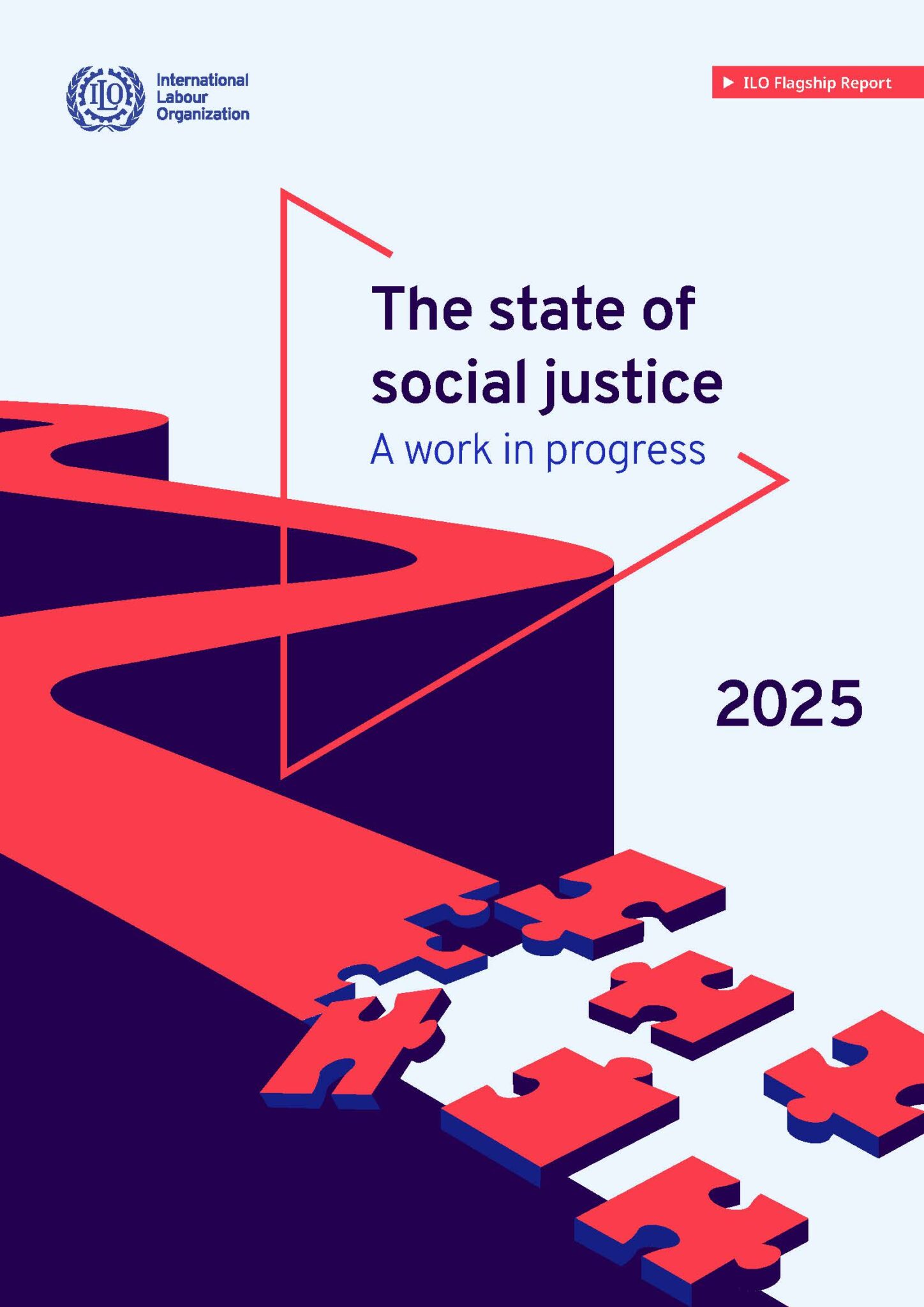Everyday helpers: What new data reveal about trends in direct volunteering
Information from eight countries reveals direct, person-to-person help to be the world’s most common—and least visible—form of volunteering.
Everyday helpers: What new data reveal about trends in direct volunteering Read More »







